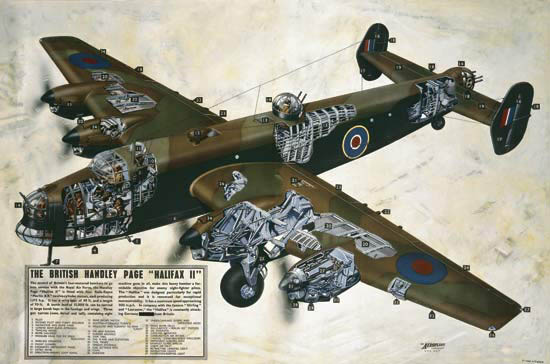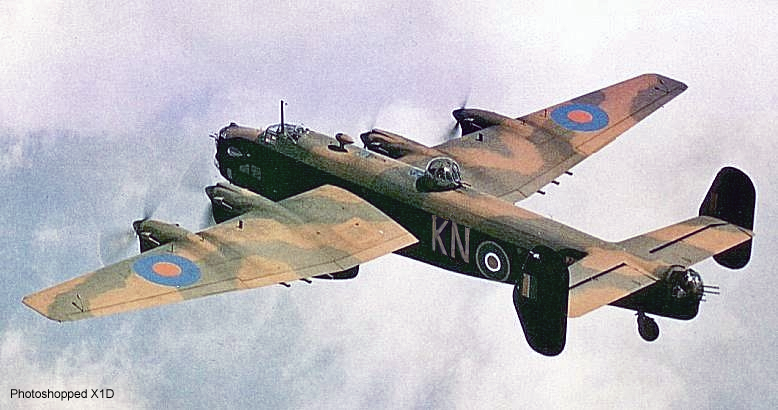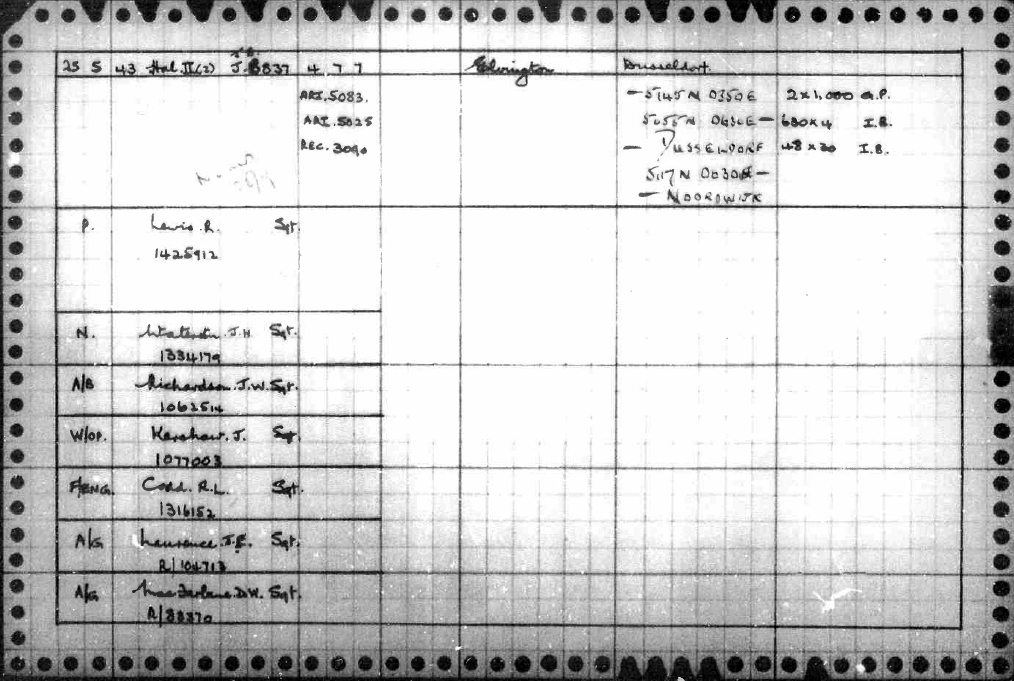25/26th May 1943




Aircrew
Aircraft
Halifax Mk II, Serial No: JB837
This aircraft was part of a batch of 350 HP59 Halifax Mk IIs. It was a Handley Page 4-engined bomber built by English Electric Co. at Samlesbury, Preston and delivered between 28th February 1943 and 23rd March 1943, and powered by Rolls Royce Merlin engines. It bore the X1D (Identification) of KN-D.


English Electric built 2,145 of the total Halifax production of 6,178 aircraft; 1,966 of these were the Mk.II variant.
Halifax JB837 KN-D took off from Elvington airfield at 23.30 on 25 May 1943 on a bombing mission to Düsseldorf. It was shot down at 01.51, 1km south of Jülich, a small town west of Köln (Cologne), by Major Walter Ehle, while on its way to the target at an altitude of 4800 metres (15,700 feet). It disintegrated in a huge explosion, presumably from detonated munitions: the bulk of the wreckage fell between Jülich and Elsdorf. All seven crew were buried by the Germans in Koln-Zollstock, but relocated to Rheinberg War Cemetery after the war.
Loss Card
Bomber Command created a Loss Card [14] for each aircraft that failed to return from an operational flight. The data recorded on the cards normally includes the names of the crew, their fate, the route taken and bomb load. In some cases information from survivors has also been added, and post-war research regarding the crew and aircraft. The handwriting is notoriously difficult to decipher.

The Loss Card for JB837 shows the planned route was 51 45N 03 50E to 50 55N 06 36E to Dusseldorf to 51 17N 00 30E to Noordwijk. Special equipment carried included the GEE ARI 5083 navigational system, an Identification Friend or Foe (IFF) system ARI 5025 with its associated Transponder R3090. The bomb load was 2 x 1000lb GP bombs, 680 x 4lb incendiary bombs and 48 x 30lb incendiary bombs. The Loss Cards usually listed the fate of the missing crew alongside their names: the fact that this column is blank suggests that no identifiable remains were ever found.
Squadron
RAF 77 Squadron based in May 1943 at Elvington, 6 miles south of York.